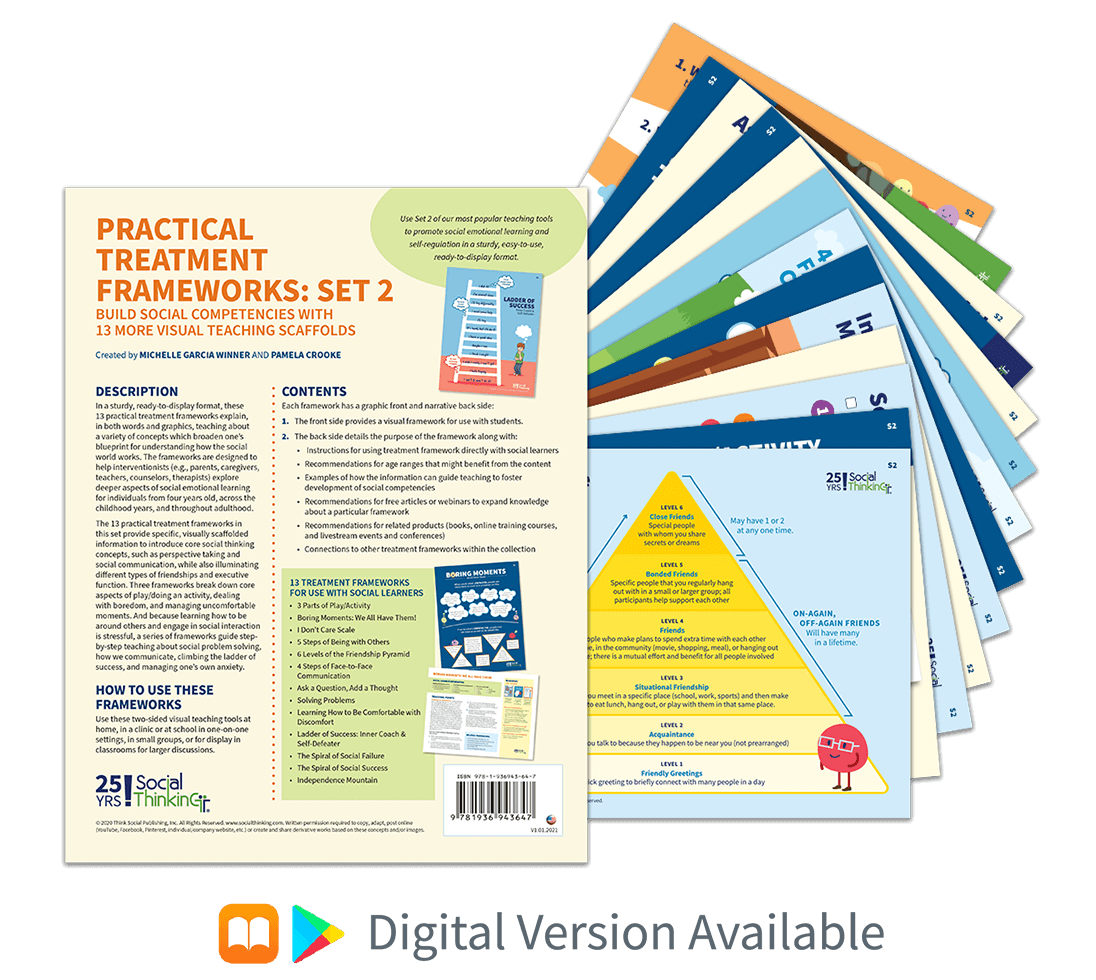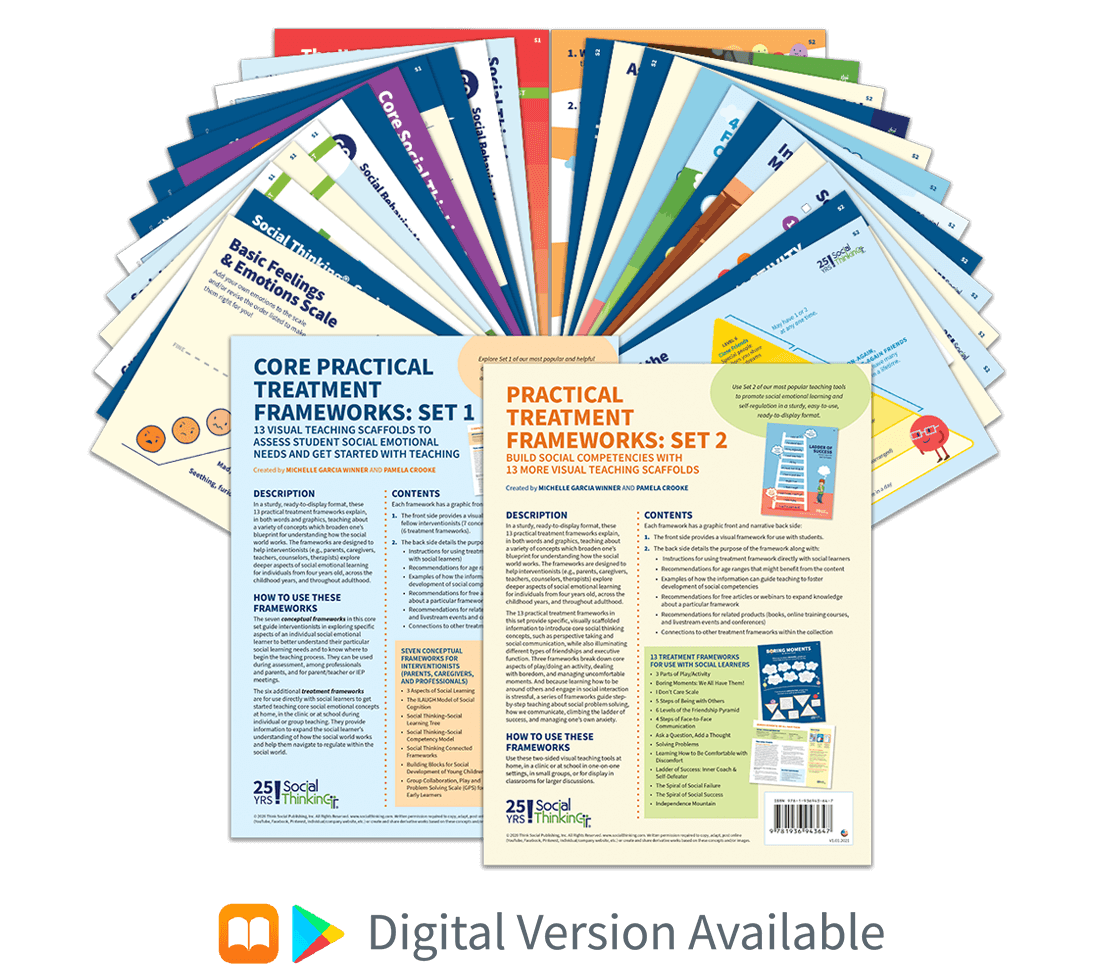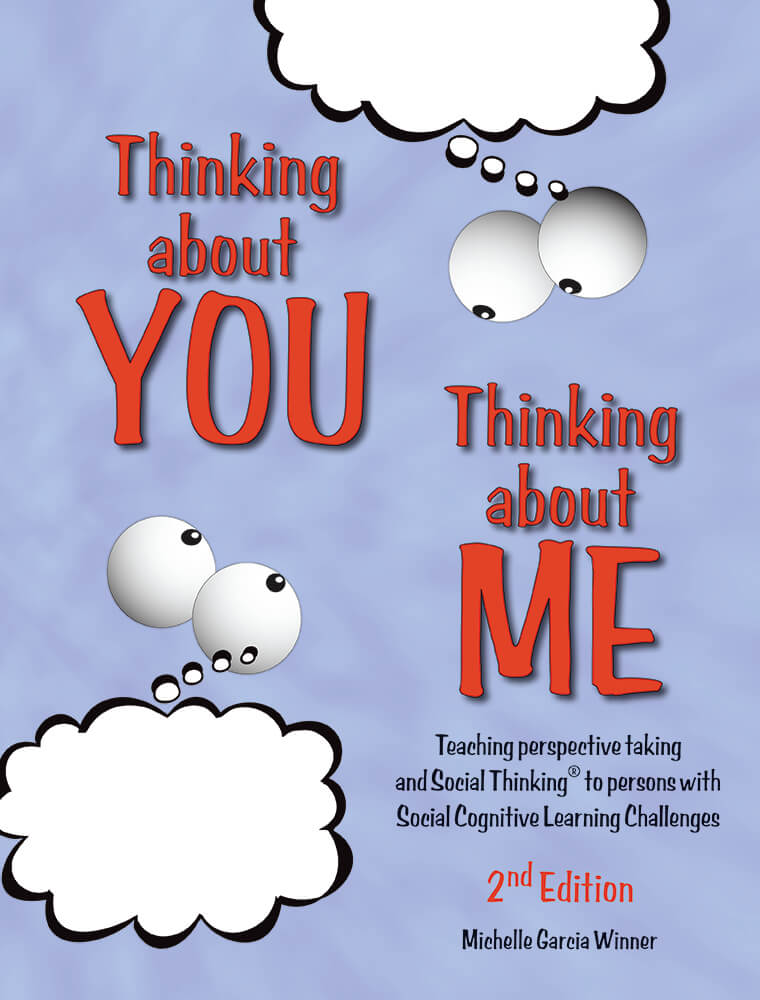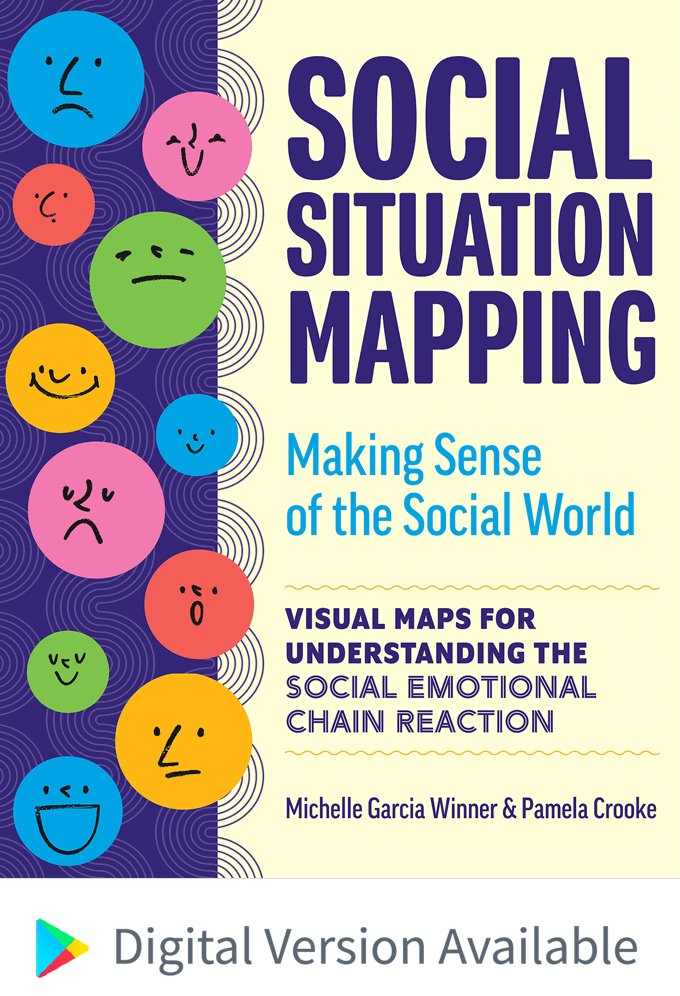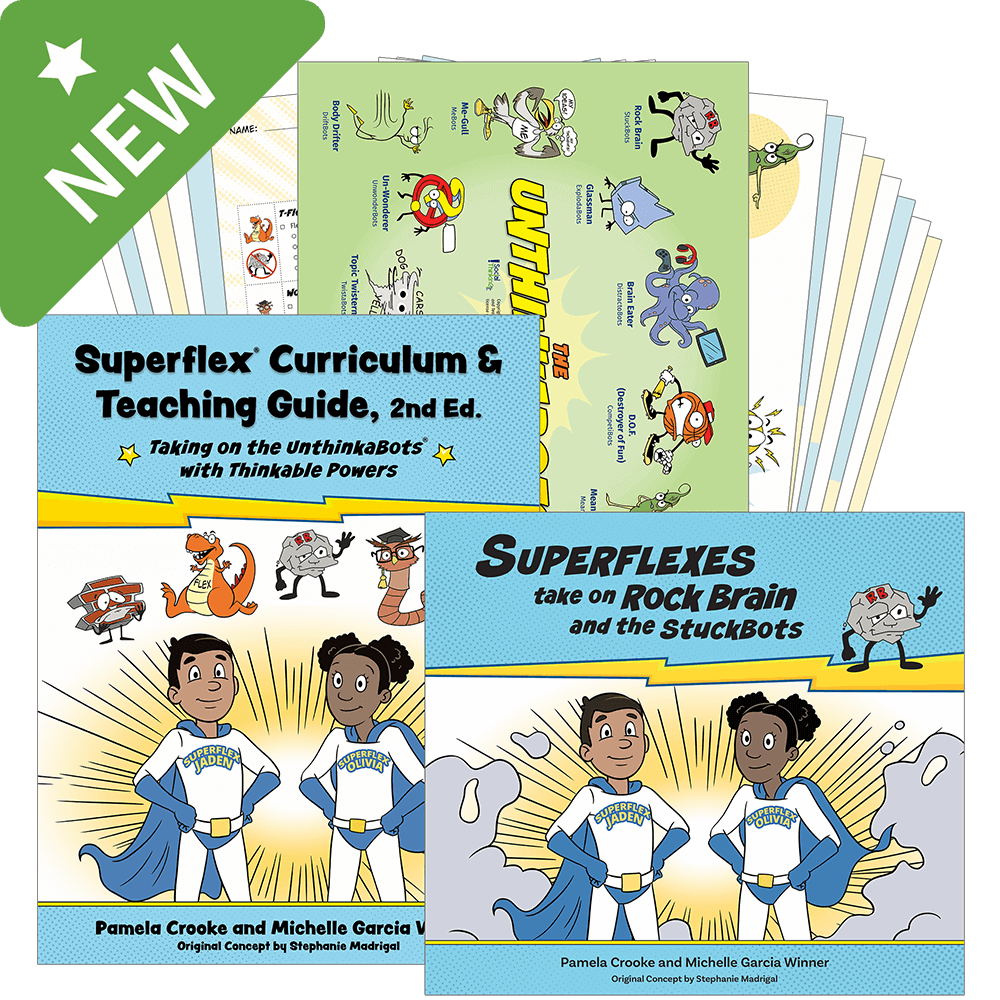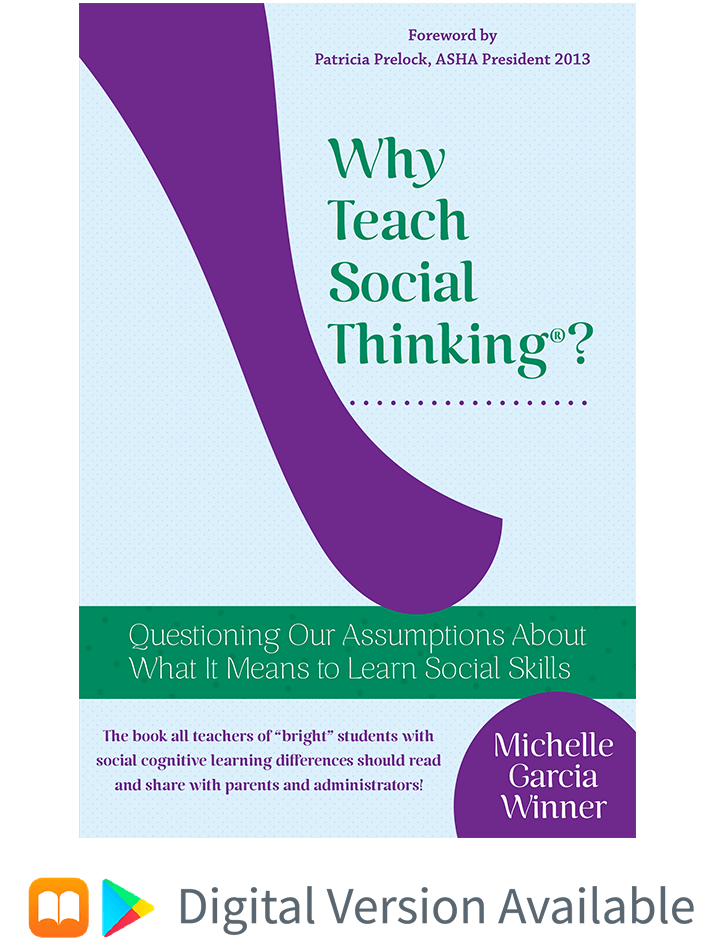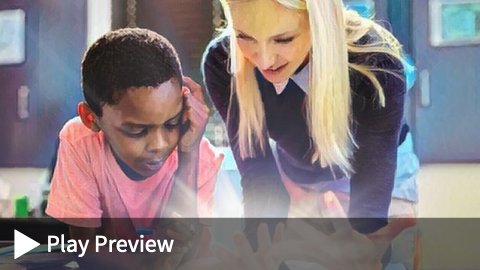Updated: June, 2022
© 2022 Think Social Publishing, Inc.
A few years ago, I was asked to write a marketing quote for a book intended to help kids learn to self-regulate. I was eager to read it but was disappointed to discover it was mostly discussing behavior management systems teachers could use in their classrooms to encourage children to “behave”! I didn’t write the quote, but I did start thinking much more deeply about the process involved in helping students learn to self-regulate and how this is very different from encouraging students to behave.
Controlling behavior or self-regulation?
Our behavior is what others observe us doing or hear us saying. To a limited extent, kids can be taught to behave in a specific manner, around specific people, etc. This is especially the case for adults who are controlling an individual's external reward system. However, self-regulation is more complex and internal to oneself. It is a process of using one’s social competencies to socially attend, interpret people in context, problem solve how to respond, monitor how our words or actions are being perceived, and then adjust as needed to meet our own personal social goal(s). Sometimes we self-regulate to help others meet a shared or collective goal of the people in that context. Self-regulation relies on inner strategies; behavior plans rely on external sources.
Behavior plans are designed to modify (increase, decrease, eliminate) behaviors and typically don’t include a discussion about how what we do and say impacts others’ emotions. Different types of behavior plans rely on extrinsic motivators (e.g., tokens, rewards, praise, etc.) to kick off the process. Behavior plans may also include visual supports and explicit verbal and visual cues to provide feedback to students about how they are performing the behavior. Desired behaviors are usually reinforced through motivating rewards. At the same time, extinguishing an undesirable behavior may be targeted with negative reinforcement or withholding rewards. Note: A well-trained behaviorist or other professional would avoid the use of punishment altogether within a behavior plan. There are most certainly valid reasons for having behavior plans, but we would argue that teaching concepts around social emotional learning and executive functioning are not one of those times.
Using behavior plans to promote pro-social behaviors, with a singular focus on the production of behavior, neglects teaching some of the core information needed for students to understand their own and others’ thoughts, feelings, and behavior in context. Most behavior plans don't help students understand:
- How the social world works in that context (complexity of the social situation).
- How the student feels about the situation and what's happening.
- How to interpret what others in the situation are saying or doing.
- How to figure out the hidden expectations of a social situation.
For example, "Jess" is in middle school and is overwhelmed by the curriculum in most classes. Jess has a history of getting agitated, shutting down in class, and refusing to work when overwhelmed. Teachers describe Jess as “bright but sassy” and who often acts like a “know it all.” They think the only reason Jess isn't completing his written work is that he chooses not to. So, they assume it's a "behavior problem" and the solution is a behavior plan. The plan is put in place to increase Jess’ productivity (i.e., complete his assignments) by giving him a reward for writing a paragraph or the pro-social skill of asking for help.
Sound reasonable? The reality is that Jess was overwhelmed with the complexity of the written language process. It's not that he was refusing to do the work; he couldn’t do it. He struggled to come up with a topic sentence and organize different ideas in his mind and how to put them into words on paper in a way that makes sense. The more Jess was pushed to write, the more anxious he became. His way of expressing anxiety was to make mean-spirited comments or argue that “he doesn’t care” about points or rewards. The adults began to remind him to ask for help if unsure what to do, but he didn’t know when or how to ask, or if he even needed help. Staff reacted by calling Jess rude which only made him more frustrated and stressed. Jess’ default for dealing with stress was to crack jokes which then infuriates the teachers and assistants. Ultimately, Jess was asked to leave the classroom for more serious disciplinary actions. Jess’ challenges were not caused by being a “behavior problem.” He struggled with written expression tasks because he hadn’t built foundation of executive functioning skills. He also needed supports to manage his anxiety and stress, as well as tools for knowing how and when to ask for help.
Another student, Georgia, was placed into a social skills behavioral program designed to teach memorized, pro-social behaviors when relating to peers or when in the classroom. She refused to participate by simply stating, “No,” when told to attend the program. When forced to attend, she was perceived as “undermining the entire group.” As with Jess, Georgia was seen as a "behavior problem." It came as a surprise to the disciplinary team when Georgia was asked to explain her refusal to do the work and she replied, “I could teach the other students how to do this; I'm way beyond this learning level. I don’t want to be in this class!” The reality is that Georgia was upset, anxious, and stressed about people perceiving her social abilities in a manner that did not match her own perceptions. The reality is that the lessons in that program were more relevant to the literal-minded students but were irrelevant to her.
In both Jess and Georgia’s case, teaching relevant social competencies rather than social skills, was the way to not only build a social foundation but also decrease stress and anxiety. Social competencies guide individuals through adolescence and into the adult social world of competitive employment, changing family dynamics and the expectations that come with maturation, relationship development, and figuring out how to manage themselves across familiar and unfamiliar settings. Keep in mind that in the adult world there are no behavior plans for co-existing with others in the community, keeping a job, or attending a higher education institution. During the school years, if a student has problematic behavior, we call a meeting to figure out how to design a treatment plan. In the adult world, the police are the first to be called.
What does it mean to self-regulate?
Self-regulation is a catch-all term, what we describe as an "everything term" much like the terms "executive functioning," "perspective taking," or "social communication." Like these other terms, self-regulation encompasses many moving parts (synergistic), and there is an expectation for all of us to self-regulate differently in when the context changes (dynamic). It's a process through which we learn to manage our emotions, thoughts, physical sensations, and ultimately, what we say and do (including social language, facial expressions, gestures, etc.) to meet whatever goal is put in front of us, whether it’s our own (individual goal) or a collective goal.
Self-regulation takes many different forms. They include but are not limited to:
- Emotional self-regulation: what we learn to manage negative and/or big emotions.
- Social self-regulation: what we learn as social competencies to meet our own social goals. These goals can be diverse ranging from relationship development to being part of a team to sharing space effectively.
- Personal self-regulation: what we do to accomplish a specific task or assignment. It may be something we choose to do (e.g., play to win a lot of points in a computer game) or something someone else assigns to us (e.g., homework assigned by a teacher; a project assigned by a manager, etc.).
Perhaps a better term for these three phenomena is social emotional self-regulation (SESR). For neurotypically developing individuals, SESR is simply part of development. For many, regulating emotions and social responses starts in early childhood and then continues to evolve across their lives. That said, most of us have had times where the situation challenges our ability to self-regulate. As we age, we are faced with growing self-regulatory demands that can feel absolutely overwhelming at times (e.g., college finals, complex friendships, disturbing social media comments, not excelling at a sport or game, being turned down for a promotion, breaking up with a partner, etc.). Virtually all of us benefit from learning strategies to help us through different aspects of this journey, such as how to:
- Understand how the social world works.
- Read and interpret internal signals and sensations from our bodies that include but are not limited to our feelings and sensory systems.
- Understand how our own and others' social minds work and how to navigate through expectations from our teachers, bosses, friends, or spouses across a range of contexts and dilemmas.
- Regulate our feelings and behaviors to be able to work in the social world and accomplish our social goals.
All aspects of self-regulation, including SESR, require metacognition. Metacognition is thinking about one’s own thoughts/feelings, choices, different points of view, and how to problem solve to achieve one’s goals and help others meet their goals. Metacognition relies on internal language (using self-talk) to imagine different options for our future, as well as learn from our past errors and triumphs. Self-talk is a powerful language-based tool our brain uses to think about our own and others’ thoughts and feelings, imagine choices and possibilities, and reframe or reformat certain experiences inside our own mind so they make sense. This internal thinking and problem-solving process is a huge part of self-regulation.
Ultimately, learning strategies to understand hidden social expectations and problem solve to self-regulate involves being socially aware of the situation and what is known about the people in that context. It involves learning to self-monitor and manage our emotions, thoughts, and actions no matter where we are to achieve one or more goals. Over time and with experience we are able to do this with greater efficiency and predictability to achieve our goals. No one is expected to have continuous self-regulation across all aspects and situations. We all have to let our regulation “guard” down at times to refuel.
Cognition-based or metacognitive frameworks can be helpful in teaching social competencies to neurotypical or Neurodivergent students. These cognitive supports can open up conversations and learning about situations, people's roles in different situations (e.g., teacher, friend, boss, etc.), people's intentions, and any shared goals that exist among participants in the situation. Shared goals may be to hang out together, work on a team project, learn in a classroom, or host a birthday party. Since the social world is both dynamic and synergistic, students benefit from learning strategies to be flexible thinkers. Flexible thinking allows them to consider different options and evolve in their choices as they gain a deeper and more mature understanding of the ever-shifting social dynamics around them.
The Social Thinking Methodology (STM) is grounded in the literature and theory found in metacognitive research and relies on these principles to develop strategies, tools, and frameworks. Many parts of the Social Thinking Methodology explore and explain aspects of the social world and reiterate the necessity to slow down to study it. The STM also uses core Social Thinking Vocabulary—a user-friendly concrete way to teach and talk about complex and abstract social concepts. The vocabulary can be found infused throughout the materials and books.
Social emotional self-regulation requires different layers of teaching over time. Each layer must be sensitive to the developmental age, academic learning abilities, social learning abilities, and personality of students. Social expectations change over time. There is nothing quick about teaching core knowledge and strategies to navigate in the social world. Consider that teaching social emotional self-regulation strategies are helpful not just for today, but across situations throughout their lifetimes.










